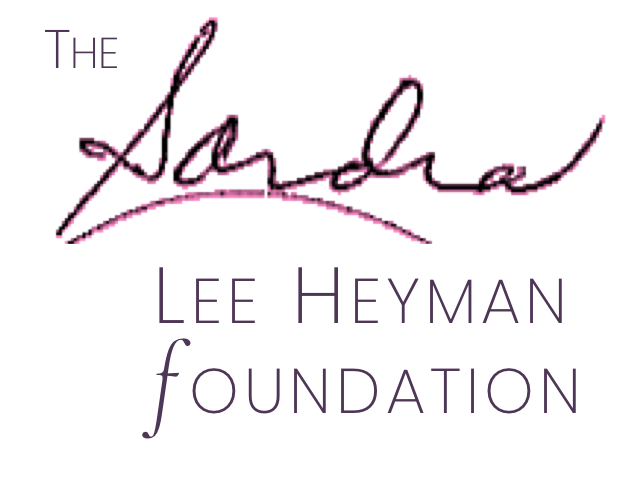“Shoot for the moon. If you miss, you still be among the stars,” STEM leader advises High School Fellows
His STEM career began at a young age, with just a few basics – baking soda, vinegar, and a balloon – which led to lots of entertainment for himself and his friends. And while he enjoyed exploring with his home chemistry set, visiting the neighborhood library, intertwined with a bit of basketball growing up in Washington, D.C., Victor McCrary soon earned himself the nickname “Professor.” It was a portent of what was to come for a STEM leader who has spent decades in academia, industry, and government.
Now Vice President of Research at the University of the District of Columbia (UDC) and Vice Chair of the National Science Board – the advisory committee that oversees the National Science Foundation (NSF) and its $9.9 billion annual budget – Dr. McCrary shared his education and career journeys and insights with Sandra Lee Heyman STEM Career Awareness Fellows in an early January session.
McCrary’s childhood experimentation with chemicals led him to earn a B.A. degree in chemistry from Catholic University followed by a Ph.D. in chemistry from Howard University. Applying his expertise in chemistry, he took a position at AT&T Bell Laboratories, working on new designs for semiconductor lasers. “I got to meet some of these living legends that I had studied when I was in in school,” McCrary told the fellows. While at Bell Laboratories, he earned his MS in engineering management and technology from the University of Pennsylvania, where he also later taught as a lecturer in the Executive Masters of Technology Management program jointly taught by the University of Pennsylvania’s School of Engineering and the Wharton School of Business.
He shared his shock when Bell Labs said, “We're going to give you a million dollars to build a laboratory to grow semiconductor laser chips that will be used underneath the ocean in cables which transmit data...because we like your idea.” His reaction? “What, me? A million dollars? I just wrote you a two or three-page proposal, and you said ‘fine’?” The chance he took in pitching the project paid off, a lesson that he has carried throughout his career, as he told the fellows.
McCrary worked at Bell Labs for 10 years...and then took a bigger chance. He accepted an offer to leave that world-leading research institute for another organization with a strong reputation but in a totally different capacity: the government’s National Institute of Standards and Technology (NIST). There he helped to identify and fund high-risk, novel research projects undertaken by industry and university researchers before moving to NIST’s laboratories where he managed information technology research projects – work that was far afield from his chemistry background. McCrary counts as among his most rewarding aspects of his career his leadership of a NIST project to help establish standards for e-books which enabled the industry to be as successful as it is today.
In addition to working at those research organizations and advising the NSF, McCrary has held research-related executive management positions at Johns Hopkins University’s Applied Physics Laboratory and Morgan State University.
Like many other guests who have met with Heyman Fellows, McCrary advised, “if you get a chance to do internships, whether it's in the federal government or a private lab, do it.” His specific suggestions have been added to the compilation of internship opportunities shared with the fellows.
Pointing to examples of STEM options related to environmental and agricultural science as well as civil engineering, McCrary shared information about projects carried out by his university’s students related to climate change in an urban area, algae blooms, urban farms and sustainability, and storm water management.
Responding to a steady stream of questions from the fellows, McCrary also:
· Traced the development of the early communications industry, its surprising ties to farm workers, and the role of chemistry.
· Shared his views about the differences between working in industry and academia and the strong points about each. (“I think employers now look for people who have multitude of experiences. So, if you can get an experience in government and industry and academia...that's most attractive.”)
· Explained ways in which artificial intelligence (AI) might impact the opportunities for students and STEM in the future. (“I think AI is going to be a great thing for students and learning....As students, the more you can learn about AI the better. There is an old saying, that if you're not on the table, you're on the menu, so I want to know about AI before AI knows about me!”)
· Described the Defense Civilian Training Corps, which (like ROTC) pays for college educations – but in return for multi-year commitments to work as a civilian in the Defense Department, including laboratories, versus the military services.
· Urged the fellows to identify mentors and coaches. (“Find coaches, find people who believe in you: not only your teachers, but your parents, your friends.”)
· The connection between playing video games and multiple STEM career opportunities related to gaming and simulations.
McCrary closed out the session by urging the fellows to not get comfortable and rather, to “get out of your bubble.” He told them not to worry that “I've never done this type of stuff before. Shoot for the moon. If you miss, you still be among the stars.”
“Do I have regrets? Only this: I would have considered taking even more chances and opportunities.”
The Sandra Lee Heyman Foundation is a 501(c)(3) nonprofit organization established in memory of Sandra Lee Heyman, a long-time mathematics teacher at the elementary, middle school, high school, and community college levels. The 18-month long Fellowship is aimed at promising high school students who have the opportunity to meet with STEM leaders, visit prominent institutions in the Washington, D.C., area, and access peers and mentors to support career exploration in STEM fields. There are multiple ways to support the Fellowship program, and donations to the Foundation are tax deductible.
